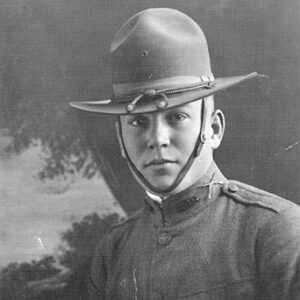 Marcellus Chiles
Marcellus Chiles
Time Period: Early Twentieth Century (1901 - 1940)
 Marcellus Chiles
Marcellus Chiles
Chiles, Marcellus Holmes
Chitwood, Oscar (Murder of)
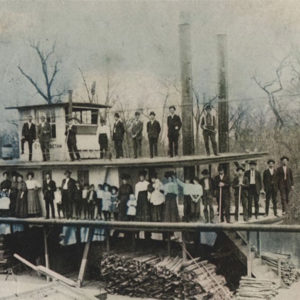 Choctaw Steamboat
Choctaw Steamboat
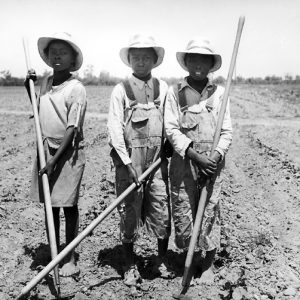 Chopping Cotton
Chopping Cotton
Christ Church Parochial and Industrial School
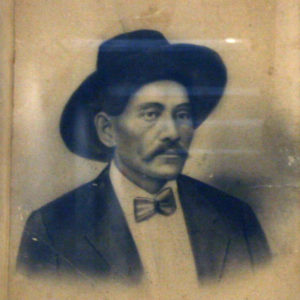 Ned Christie
Ned Christie
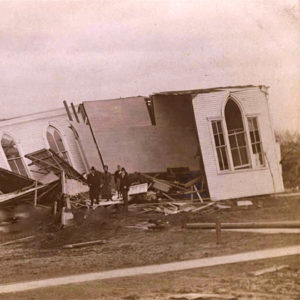 Church Destroyed
Church Destroyed
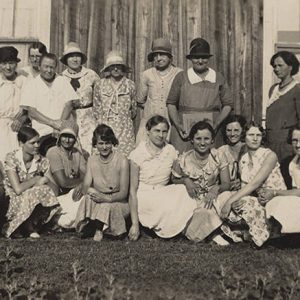 Church Ladies Aid Society
Church Ladies Aid Society
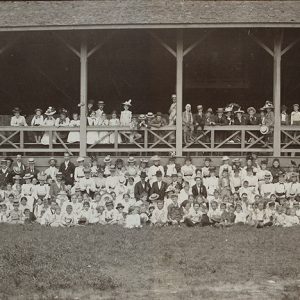 Church Picnic
Church Picnic
 Circuit Chautauqua
Circuit Chautauqua
 Circus Woman
Circus Woman
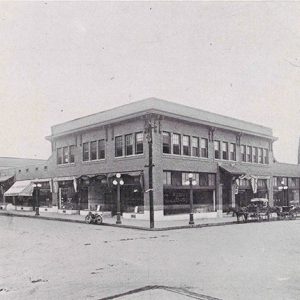 City Market and Arcade
City Market and Arcade
 City Market and Arcade Interior
City Market and Arcade Interior
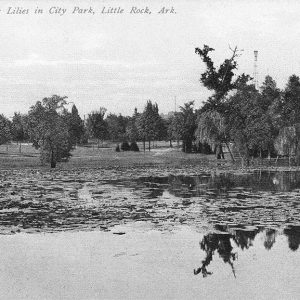 City Park; 1907
City Park; 1907
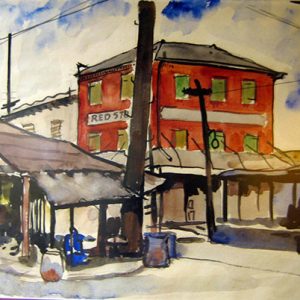 Cityscape
Cityscape
Civil Rights Movement (Twentieth Century)
Civil Works Administration (CWA)
Civilian Conservation Corps (CCC)
 Civilian Conservation Corps Camp
Civilian Conservation Corps Camp
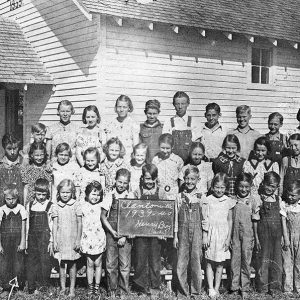 Clantonville School
Clantonville School
 Clarendon Bridge
Clarendon Bridge
 Clarendon Button Factory
Clarendon Button Factory
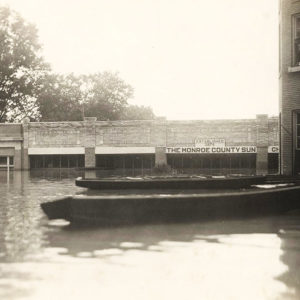 Clarendon Flood
Clarendon Flood
 Clarendon Flood
Clarendon Flood
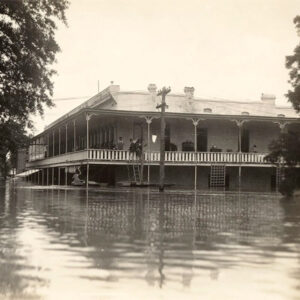 Clarendon Hotel
Clarendon Hotel
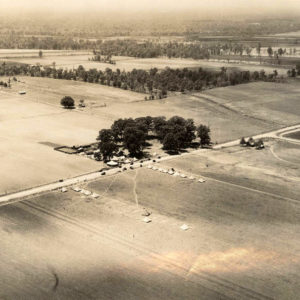 Clarendon Refugees
Clarendon Refugees
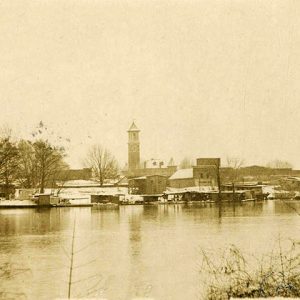 Clarendon Riverfront
Clarendon Riverfront
 Clarendon Riverfront
Clarendon Riverfront
Clark County Courthouse
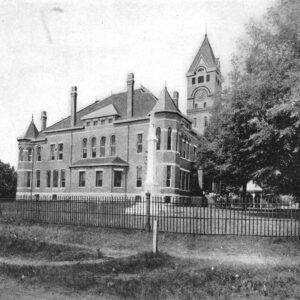 Clark County Courthouse
Clark County Courthouse
 Clark County Free Bridge
Clark County Free Bridge
Clark County Library
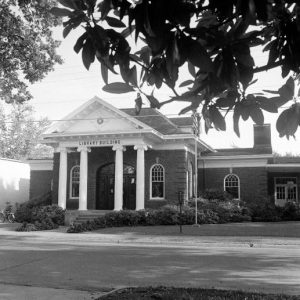 Clark County Public Library
Clark County Public Library
 Clark House
Clark House
Clark House (Malvern)
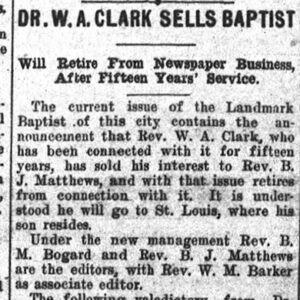 Clark Retirement Notice
Clark Retirement Notice
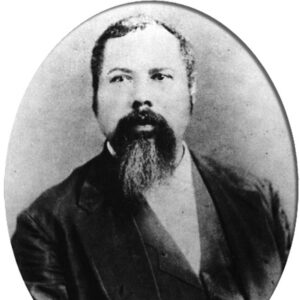 M. A. Clark
M. A. Clark
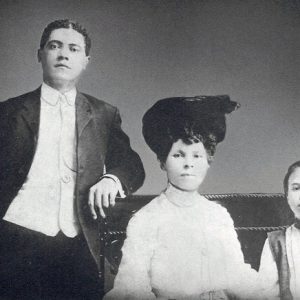 Georgia Clark
Georgia Clark
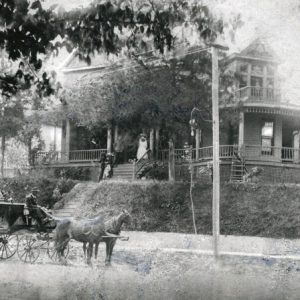 Moses Clark House
Moses Clark House
 A.O. Clarke
A.O. Clarke
Clarke, Albert Oscar (A. O.)
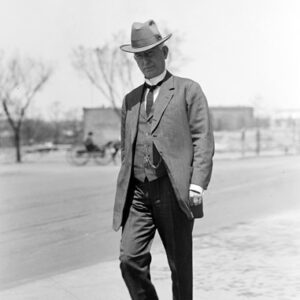 James Clarke
James Clarke
Clarksville Confederate Monument
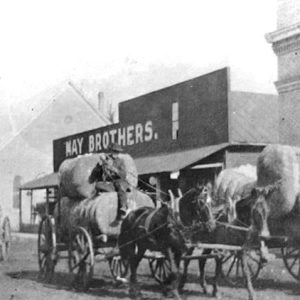 Clarksville Cotton
Clarksville Cotton
 Clarksville Gas Station
Clarksville Gas Station
Clarksville High School Building No. 1
Clarksville National Guard Armory
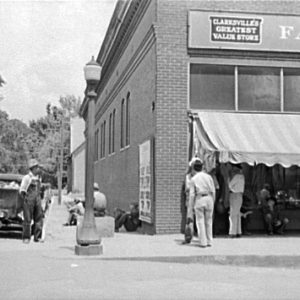 Clarksville Street Scene
Clarksville Street Scene
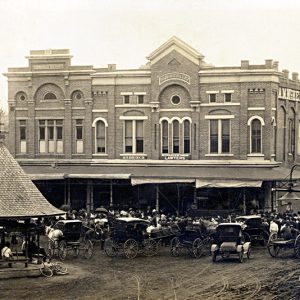 Clarksville Street Scene
Clarksville Street Scene




